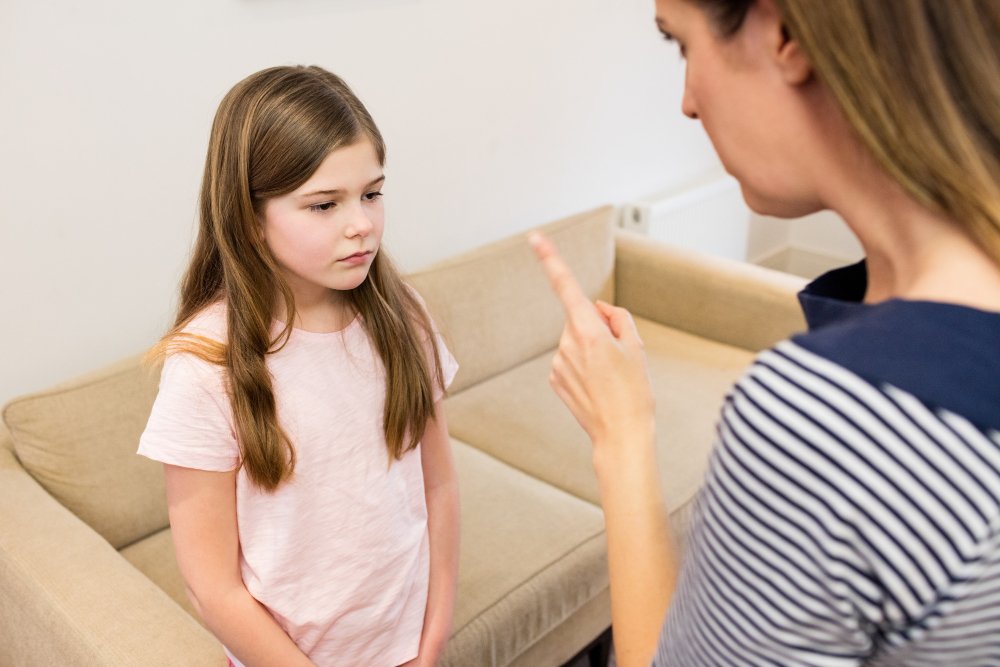Are you tired of resorting to punishment as the go-to method for dealing with difficult behavior? If so, you’re not alone. In this article, we will explore some alternative approaches that can be employed in order to effectively address behavioral issues without relying solely on punitive measures. By exploring these alternatives, you’ll gain a fresh perspective on discipline, empowering you to create a harmonious environment where understanding and growth become the pillars of your interactions. Let’s delve into the world of alternatives to punishment and discover new ways to foster positive change.
Restorative Justice
Definition of Restorative Justice
Restorative justice is a philosophy and approach to addressing harm and conflict that focuses on repairing relationships and restoring the well-being of all parties involved. It seeks to hold individuals accountable for their actions while also providing opportunities for healing and growth. Unlike traditional punitive approaches, restorative justice promotes dialogue, empathy, and active participation from all parties affected by an incident.
Principles of Restorative Justice
Restorative justice is guided by several key principles that shape its implementation. These principles include:
- Voluntary Participation: Restorative justice processes are voluntary, and all participants must willingly engage in the dialogue and decision-making.
- Inclusion: Restorative justice promotes the inclusion of all stakeholders affected by the incident, such as the victims, offenders, and community members.
- Accountability: The focus of restorative justice is on holding individuals accountable for their actions while providing them with the opportunity to make amends and repair the harm they have caused.
- Collaborative Decision-Making: Restorative justice encourages collaborative decision-making, empowering participants to actively engage in finding solutions that address the needs and interests of all parties involved.
- Healing and Growth: The overarching goal of restorative justice is to facilitate healing and growth for all participants, aiming to restore relationships and prevent further harm in the future.
Benefits of Restorative Justice
Restorative justice offers numerous benefits compared to punitive approaches. Some of the key advantages include:
- Empowering Victims: Restorative justice provides victims with the opportunity to be heard, express their feelings, and ask questions directly to the offender. This can lead to a sense of closure, healing, and a restoration of their autonomy.
- Reducing Recidivism: Research has shown that restorative justice processes can significantly reduce recidivism rates among offenders compared to traditional punitive measures. By addressing the root causes of harmful behaviors, restorative justice helps individuals develop empathy, take responsibility for their actions, and learn alternative conflict resolution skills.
- Building Stronger Communities: Restorative justice promotes community engagement, collaboration, and understanding. By involving community members in the resolution process, it increases social cohesion, trust, and a sense of collective responsibility for addressing and preventing harm.
- Educational Value: Restorative justice practices have proven to be effective in educational settings. They teach students important life skills such as empathy, communication, problem-solving, and responsibility, enhancing their overall social and emotional development.
Restorative Practices in Schools
Restorative practices have gained significant recognition and implementation in schools worldwide. Educators have recognized the positive impact these approaches have on students’ behavior, well-being, and academic achievement. Restorative practices in schools often involve the use of:
- Circles: Circles provide a space for open dialogue, democratic decision-making, and conflict resolution. Students and teachers sit in a circle, sharing their thoughts, feelings, and experiences, fostering a sense of community and mutual respect.
- Restorative Conferences: In cases of harm or conflict, restorative conferences bring together the victim, offender, and other affected parties to discuss the incident, its impact, and ways to repair the harm.
- Peer Mediation: Peer mediation empowers students to facilitate the resolution of conflicts among their peers, promoting empathy, active listening, and problem-solving skills.
- Restorative Discipline: Restorative discipline focuses on repairing harm and addressing the underlying needs and feelings that contribute to disruptive behavior. It shifts the emphasis from punishment to guiding students towards understanding the consequences of their actions and finding ways to make amends.
Examples of Restorative Justice Programs
Restorative justice programs have been successfully implemented in various settings, showcasing their effectiveness in promoting healing and reducing harm. Some notable examples include:
- The Family Group Conference: Originating in New Zealand, this model brings together the extended family, social workers, and other community members to create a plan that supports the well-being and safety of a child or young person.
- Restorative Circles in Prisons: In some prisons, restorative circles are used to address conflicts, repair harm, and promote personal growth and change among inmates. These circles provide a safe space for prisoners to communicate openly, understand the impact of their actions, and develop empathy.
- Community Juvenile Boards: A restorative approach has been adopted by community juvenile boards in several countries, where the focus shifts from punishment to repairing harm and meeting the needs of offenders and victims through collaborative decision-making.
- Restorative Schools Program: This comprehensive program is implemented in schools, integrating restorative practices into all aspects of school life. It seeks to establish a positive school culture, reduce conflict, and enhance relationships between students, teachers, and the broader school community.
Restorative justice continues to gain recognition as a transformative alternative that prioritizes healing, accountability, and community-building. Its principles and practices offer a promising avenue for addressing harm in a way that promotes understanding, growth, and ultimately, a more just and equitable society.

